Leaderboard
Popular Content
Showing content with the highest reputation on 07/19/2024 in Posts
-
Hey everyone, hope everyone is having a great growing season! This is my annual NYC palm post. This palm just keeps growing. It grows all seasons (including winter) im guessing it's at least 15 feet? My daughter is 5'6. I've seen other windmills but they where in a greenhouse in the Bronx botanical garden. If anyone has some pics of there east coast palms please post.. thanks in advance... Bobby11 points
-
I walked the Garden Lot around noon today and the heat and swelter were overbearing. I noticed my juvenile Tahina spectabilis has sent up several pristine leaves after growing little in summer 2023 or winter 2024. During Hurricane Ian in 2022 it was crushed by falling Livistonas and Bismarckias. I really thought it was a goner but gradually it produced leaves again from its underground meristem. Summer 2023 was hot and drought-stricken. We got less rain that rainy season than we got the previous winter. Winter 2024 was chilly, cloudy (94+ days of clouds) and wet - just what tropical palms hate and mine limped into spring with a lot of yellow cold-spotted leaves. But since the heat and normal rainfall have returned my beleaguered palms are happily growing again, my lone Tahina included Tahina spectabilis, Cape Coral, FL, July 202411 points
-
I have been selling palms online for almost 8 years and no longer have the time so I need to thin out my potted palm stock. Priced to sell quickly. Plants organized into several price categories. Pickup only, Indian Harbour Beach, Florida. No hold requests. Cash or check. PM for address. $5 - Mostly 3.5" x 5" Deep Pots (12) Arenga pinnata (8) Archontophoenix maxima (5) Calyptrocalyx elegans (2) Chambeyronia macrocarpa - Flamethrower var. 'watermelon' (7) Copernicia gigas (5) Copernicia hospita (4) Copernicia baileyana (15) Corypha utan (5) Cyphophoenix nucele (2) Dictyosperma album (3) Dictyosperma album var. conjugatum (20) Dypsis madagascariensis (Mahajanga form) x Dypsis cabadae F2 Hybrid (9) Kentiopsis olivformis (4) Rhapsis excelsia (3) Sabal bermudana (3) Sabal causiarum (2) Sabal maritima (2) Sabal miamiensis (25) Sabal palmetto (5) Sabal yapa (2) Thrinax radiata (4) Washingtonia filifera (4) Wodyetia bifurcata $7 - Mix of 5.5" x 5.5" Square and 1G (2) Baccariophoenix alfredii (2) Dypsis lastelliana "Red Neck" Cocothrinax argentata Coccothrinax miraguama havanensi Cocothrinax sp. (6) Copernicia macroglossa (5) Elaeis guineensis "African Oil Palm" (1) Latania lontaroides Sabal causiarum (3) Saribus rotundifolius var. black trunk Saribus rotundifolius (3) Schippia concolor (5) Pinanga adangensis Pinanga coronata (4) Roystonea regia $15 - Mix or 2G to 7G (3) Attalea cohune (8) Baccariophoenix alfredii (4) Borassus aethiopum (3) Chambeyronia macrocarpa (2) Cyrtostachys elegans (1) Coco nucefria Panama tall (6) Clinostigma savoryanum (1) Dypsis saintelucei (3) Dypsis lastelliana "Red Neck" (1) Howea belmoreana (1) Howea forsteriana (1) Hyophorbe lagenicaulis (2) Kentiopsis olivformis (5) Livistona saribus (2) Mauritia flexuosa (1) Pritchardia hillebrandii (1) Pritchardia thurstonii (1) Sabal causiarum (4) Sabal mauritiformis (2) Sabal lisa (2) Sabal yapa (1)Thrinax radiata $5 - Miscellaneous Plants (2) Cordia sebestena, Orange Geiger Tree (5) Bauhinia tomentosa Tree (3) Cananga odorata, Ylang Ylang Tree (2) Ensete Superbum, Musa Superba Banana (4) Colocasia gigantea, Thai Giant (4) Solandra longiflora Vine (2) Senna ligustrina6 points
-
FORGETABOUTIT!!! Wild Pseudophoenix ekmanii are only located in the Juragua national park, SW corner of DR next to the Haiti border. It's a very dangerous area to be in due to the human and drug smugglers,and the unforgiving terrain. Closest visible trees are a 5 mile hike through a spiny forest from any roadway. The area is NOT a tourist destination,although Bahía de las Águilas is a beautiful beach nearby for the locals. The botanical garden in Santo Domingo is probably the only other spot in the country you will be able to see a living example of the species, that could be considered a family friendly destination. aztropic Mesa, Arizona5 points
-
4 points
-
3 points
-
3 points
-
New growth! Around when I posted here I trimmed some clearly dead fronds leaving some that maybe had a little green - this was pretty ugly as the ones with potential were lower or in the middle. A couple weeks after posting here the spear pulled. I poured more hydrogen peroxide down the center and nothing bubbled up. Most of the barely greenish fronds not trimmed before continued to turn browner, and it seemed that all but one had no greenish at all. It’s been looking sadder. The pics in first post here don’t do it justice as brown and droopy it had become. But it was looking even worse. So surprised to see some new growth,3 points
-
Trithrinax acanthocoma is a rare palm in nature in southern Brazil. In my state Paraná it appears wild only in a few municipalities, like Laranjeiras do Sul. It is also a very rare sight in parks and gardens and years ago, even totally absent in nurseries. Nowadays you can find them easier wit a bit of luck. On the other side, the chinese Trachycarpus fortunei, that here are also called "buriti" in nurseries, are one of the the most common palms. Both palms show some superficial similarities, but my humble opinion is that Trithrinax acanhocoma are a A LOT more beatifull then the commonly grown Trachycarpus fortunei palms. The bigger, stiffer and round leaves are a lot more attractive. Depending on the provenance they can be green or more silver green, specially the abaxial side of the leaves. My first buriti-palito palm I saved from the chainsaw 24 years ago. It was growing in a garden in the neighbouring city of Ponta Grossa and where it would be removed because of new construction. The owner gave it to me. Later I cultivated palms from seeds, bought several others from different origins. Now I have +- 25 buriti-palito growing in the garden and in and the side of my araucaria forest.3 points
-
3 points
-
3 points
-
Some great books worth having as a resource for reference are worth it in any library with vast knowledge from Authors all around the globe who are passionate about the field they work in most of my collection of books I purchased way before I was using the internet and I still go through them for that extra reference point on a certain plant you can learn a lot from a book.2 points
-
Correct, I've been dealing with this issue for the past 10 years one thing I have learned is there is no cure,the tree dies no matter what! We have lost all of our canary trees but have had success with Bismark palms they are more hearty.2 points
-
2 points
-
2 points
-
2 points
-
2 points
-
2 points
-
Plumeria obtusa, AKA Singapore Plumeria. https://www.inaturalist.org/taxa/167075-Plumeria-obtusa2 points
-
But those are predominantly Washingtonia robusta. I see a couple of Syagrus way in the background in a couple of the photos, mainly in picture #3, but all those tall palms are Washingtonia.2 points
-
2 points
-
I’m well aware of my local temperatures. I know what I’m getting into with having a few 9b plantings. I have at least 11 palms in the ground that I would consider to be hardy to my zone, with about 10 zone pushers. Granted, some of these zone pushers are now considered hardy to my zone according to the newest USDA map. Im not afraid to lose something like a majesty or cat palm, they’re easily replaceable. My 10a+ stuff stays in pots except the foxtail which is solely experimental anyways.2 points
-
2 points
-
These are far from the big spectacular flushes that members normally post but it is a huge milestone for me. Around 7 years ago I managed to get some seeds from the E. Poggei complex. Now after dealing with meager one leaf flushes for like 7 years, I’m finally starting to get two leaf flushes and I can actually see them start to grow. Also, during the first 7 years, the one leaf flush would quickly fall over and die off several months before the next flush so the plants never looked good and most of the time looked dead. A few of these plants have flushed recently and are starting to look better. E. marunguensis with two leaf flush E. schmitzii also started putting out two leaf flushes E. schaijesii E. delucanus still on one leaf flush but looking more robust. Next flush will probably be two leafs. Here is an overview shot showing some of the new flushes from plants within this complex.2 points
-
Thanks for the pix. I've never seen Queens so tall.2 points
-
2 points
-
2 points
-
2 points
-
2 points
-
I love my native palm, the "jerivá" that I know so well since childhood. As a young boy, my cousins and I sometimes took our horses for a whole day excursion on our "campos" and forests, and when our supply of food had finished we ate some of the very sweet and "snotloud" fruits of the jerivá palms. It is our most common native palm in my ( 9a ) - 9b region of Paraná, 1030m altitude, southern Brazil, so much it' s also very commonly called "palmeira" ( palm) here. Other names of the jerivá (Syagrus romanzoffiana), are: baba-de-boi, coco-catarro, coqueiro, coquinho-de-cachorro, coquinho meleca, jeribá, pindoba, coco-juvena, coqueiro-pindó, juruvá, jiruvá, jurubá.2 points
-
Similar posts with some other members' libraries: https://www.palmtalk.org/forum/topic/81167-palm-books/ https://www.palmtalk.org/forum/topic/31399-must-have-books/ A good addition to your library for Floridians or those interested in Citrus: https://www.palmtalk.org/forum/topic/65175-recommended-reading-a-history-of-florida-citrus-freezes/2 points
-
2 points
-
2 points
-
great stuff, these all seem fantastic! I'd also recommend Designing with Palms by Jason Dewees. Great book for display and reference, with tons of great photos, planting and care information, and inspiration for palms in any type of garden.2 points
-
I am clearly not from the area ofcourse, but coincidentally yesterday i noticed some very tall queens on Melrose avenue (near Paramamount pictures studio tour) in a Columbo episode from 1973. So yes, in LA they seemed to have been around as streetplantings for quite some time.2 points
-
I'll have to second Realarch's comments. When given comfy growing conditions 365 days a year plus Biblical amounts of rain, this is not all that slow and eventually gets some size. This came from Floribunda as a 5 gallon plant. It's been in the ground about seven years. The first three years or so were quite slow, but once it developed a good root system, it has been steady. It is about nine feet tall with five foot wide fronds. This photo used a flash to accentuate the silver undersides of the fronds. It is growing mostly in shade in the winter, but the summer sun moves overhead. This occasionally leads to a little sunburn around the tips, especially if we hit a dry spell. I'm not sure why the petioles are so erect. Most Kerridoxa I see in other gardens seem to spread more horizontally so the upper green surfaces are easier to see. It is just beginning to show a bit of a trunk., maybe a foot wide. I don't think it will ever get tall, but it still has a way to go. This is a female that was hand pollinated a few months ago using an inflorescence taken from my only male plant. It's easy to tell when the male flowers are producing pollen (it's yellow), but for me it is a bit of guesswork to tell when the female flowers are open. Maybe I should invest in a magnifying glass. I should find out if these seeds are fertile by the end of the year. Last year's pollination attempt was successful and the seeds are in pots now.2 points
-
I'm going to just start posting my sabals growth here cause I wanna keep all my growth of my palms separate Sabal Palmetto is still in recovery after transplant but it's really pushing out new growth and it's only been in the ground for 4 months. and since it finally pushed up these two leaves I can tell they are just strap leaves I think, but this makes it the 2nd push of growth since I've had it, and the leaf behind the new growth was the first leaf to fully push out being in the ground!1 point
-
1 point
-
1 point
-
Quaman58 I am really sorry for you. Suffice saying that today I finished the monthly preventive spraying of all palms wearing a hazmat suit and mask in air temperature of over 37 C and in full sun. I was nearly in hyperthermic shock. As you have already pointed out Pritchardia and BIsmarckia are among prefered targets of the weevil. Generally any palms of some trunk size and not having a crownshaft such as Ravenea, Beccariophoenix, Phoenix, Livistona, Trachycarpus etc. You have unfortunately ushered in a new palmy era, where only the most resolved palm aficionados will eventually manage to keep safe their palm collection. I strongly recommend monthly preventive spraying of imidacloprid 20% at a rate of 2ml per lit water. I do not spray crown only directly in to the apex of the palm. It really works considerably.1 point
-
Great selection, great prices. Someone scarf up some deals.1 point
-
1 point
-
1 point
-
"The Tropical Look" is a fabulous parlour book.1 point
-
1 point
-
1 point
-
Here's a teaser screen grab / link to info regarding one of the most popular / easiest to grow sps. from Orchid Web. One of those plants you'll never forget seeing once you've seen one in person. *** Picture credit / Information courtesy of / all rights reserved by Orchid Web *** Link to the specific page.. https://www.orchidweb.com/orchids/other-orchids/species/stanhopea-nigroviolacea-syn-stanhopea-tigrina Andy's, Eucagenera CA, Santa Barbara Orchid Estate, ..and / or some of the other bigger, local specialty Orchid growers out there would offer it / other sps. Direct link to the blog i'd mentioned. A shame there aren't any more recent entries.. Would've been interesting to see how this person's outdoor specimens weathered the drought / recent wetter / cooler / wetter winters.. https://stanhopeaculture.blogspot.com/2013/01/stanhopea-temperature-requirements_26.html1 point
-
Patrick, A few years back we began carrying various types of Crotons and Ti's. I've come to find that there are lots of differences among species, not only in terms of appearance but more importantly in terms of cold hardiness. Some survive our winters better than others. With cold intolerant Crotons, the "bad ones" seem to drop their leaves and become sticks over winter. With the Ti's, some get brown edges and just go downhill in time. This is particularly true (I've found) with the sherbert colored Ti's. The darker ones and dark red ones seem to do better. So, when you pick some out ask the nurseryman which ones do better with the cold that you will undoubtedly experience. Phil1 point






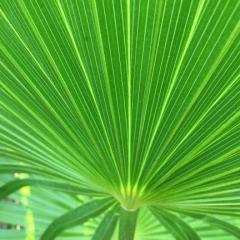






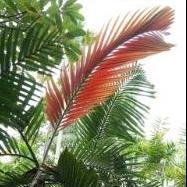

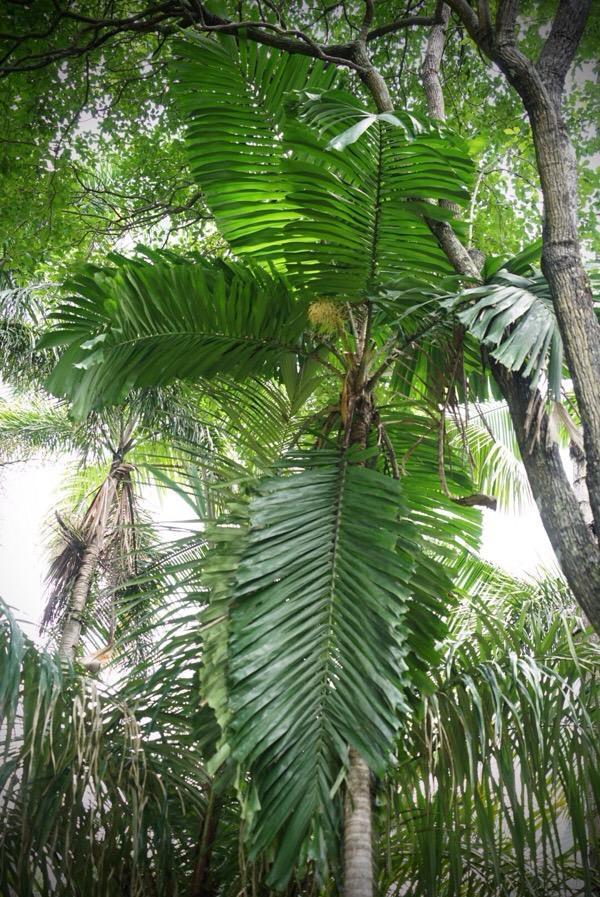



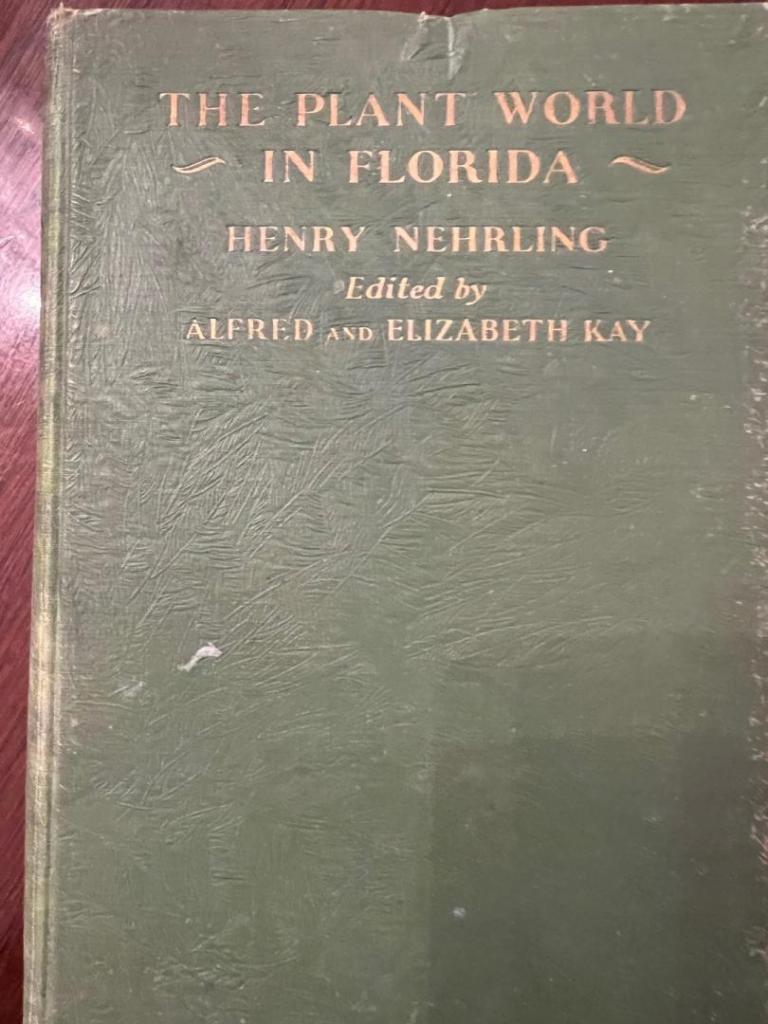








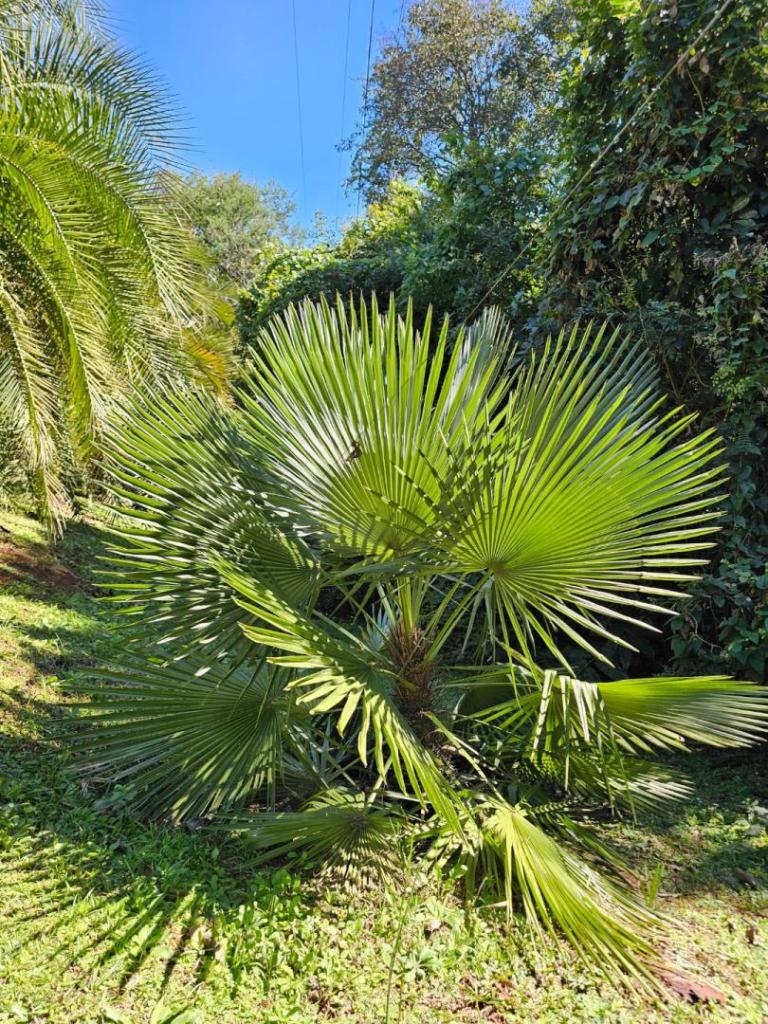








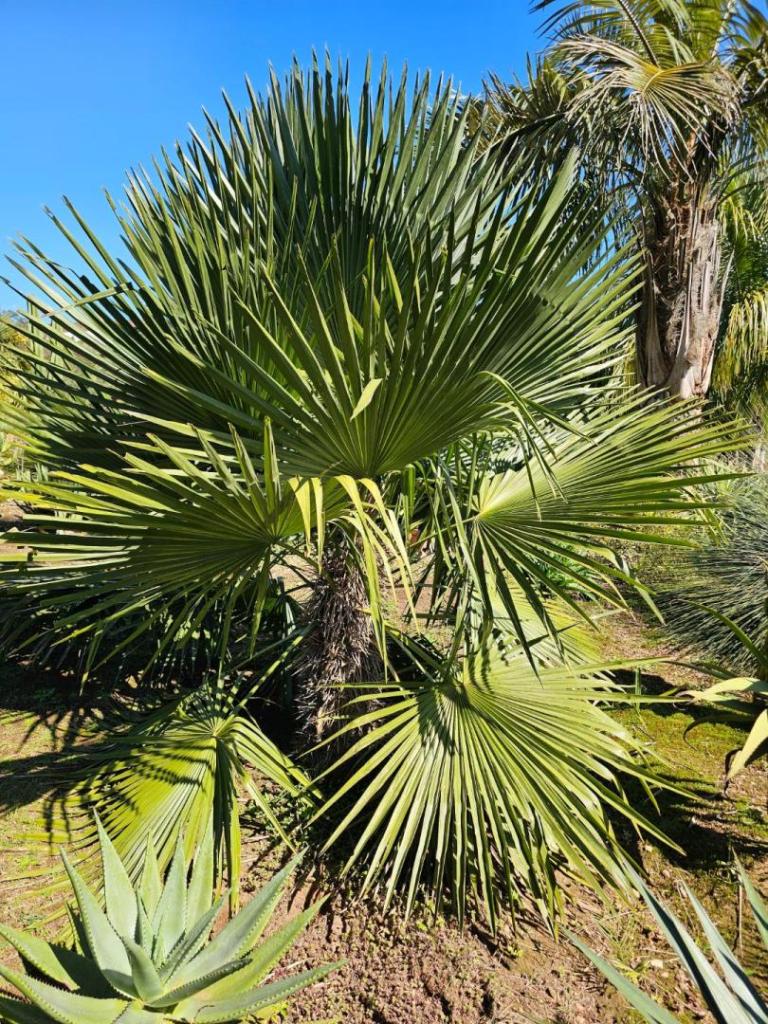



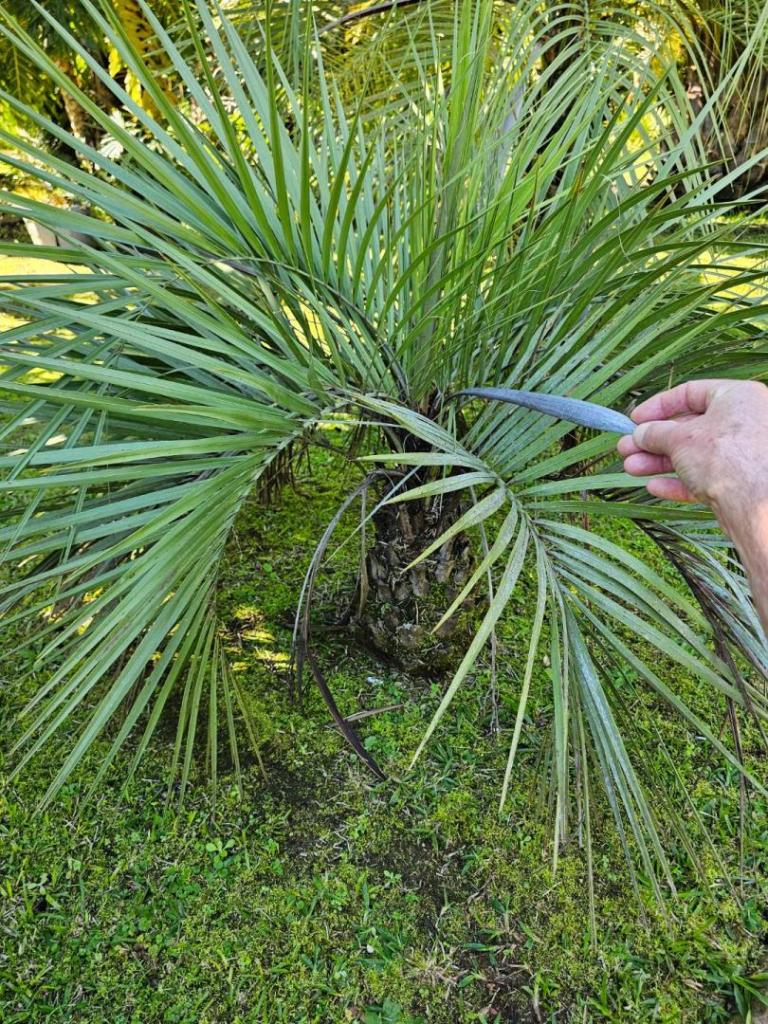





















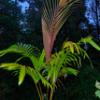

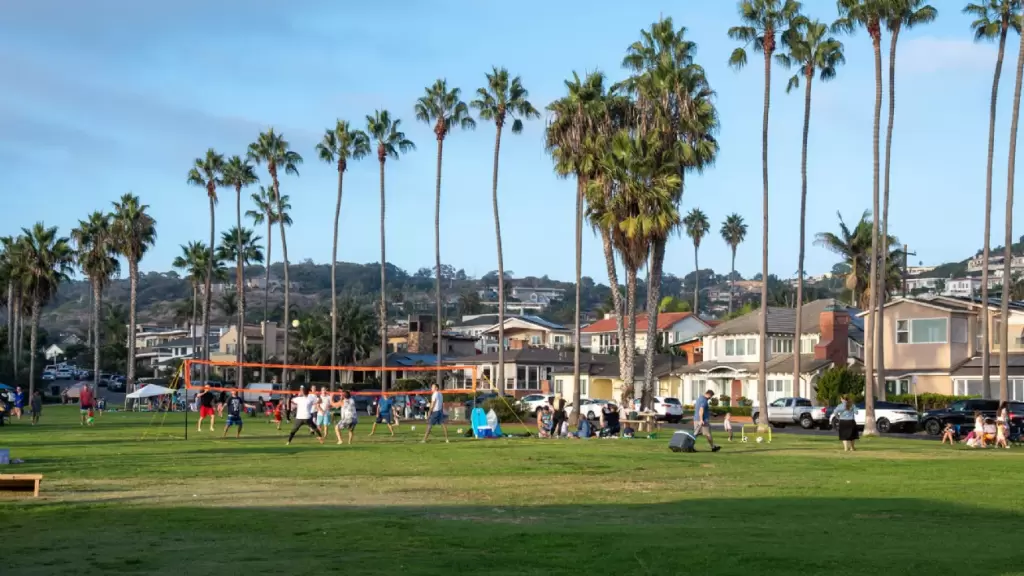





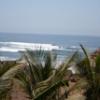
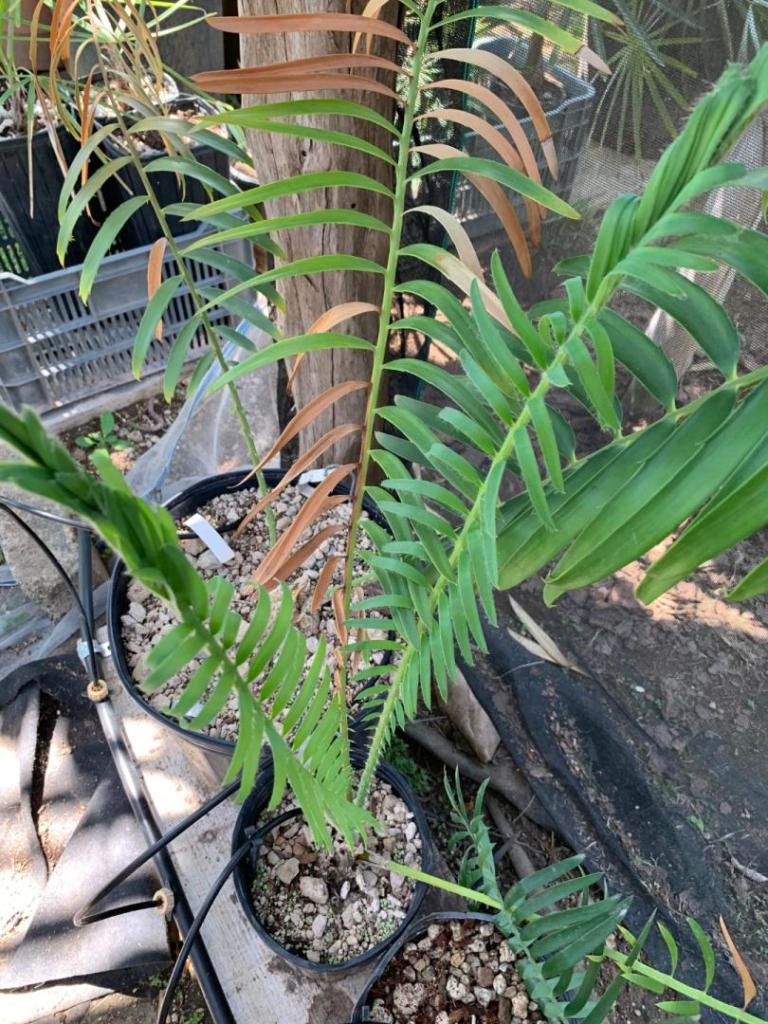











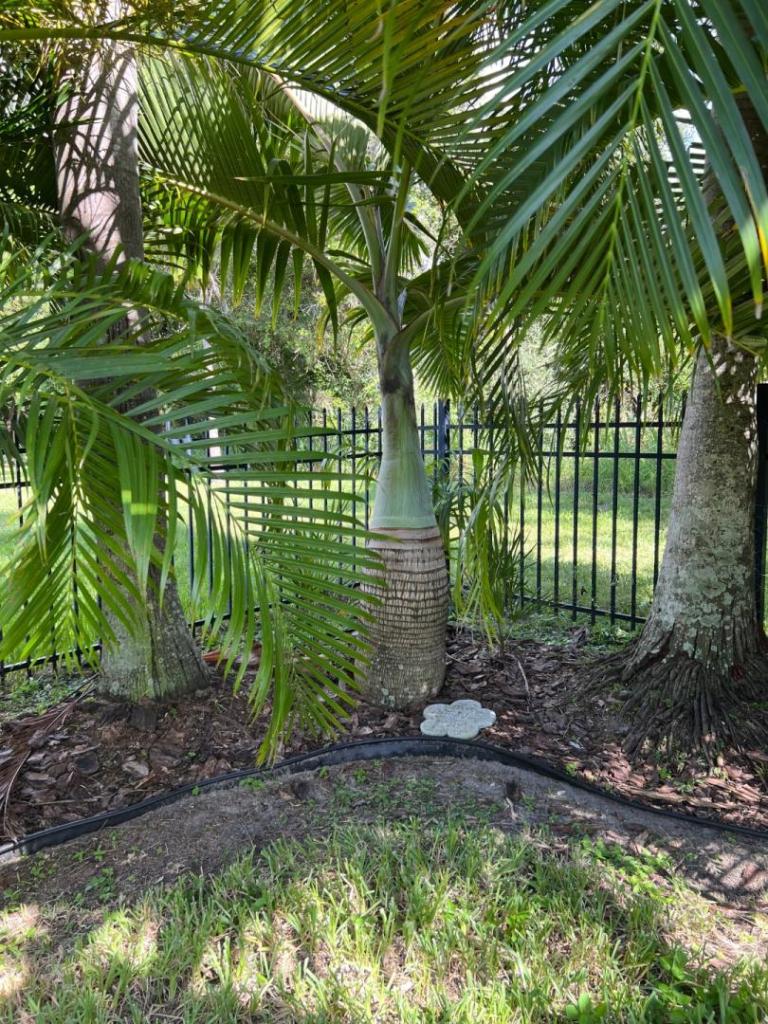

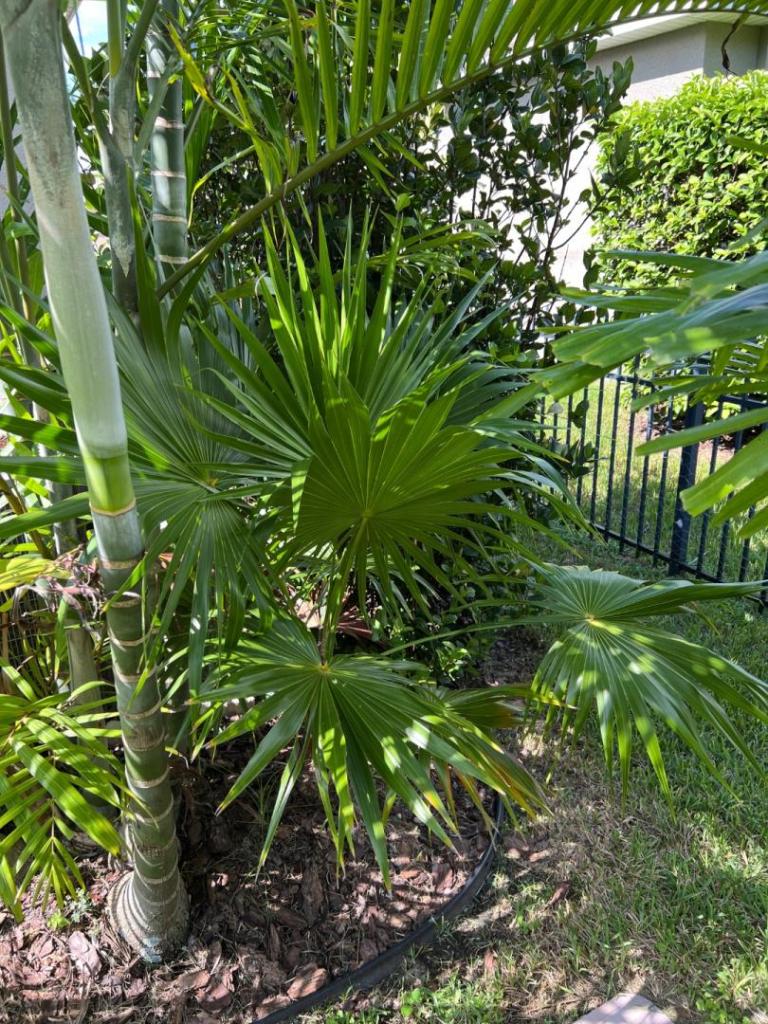
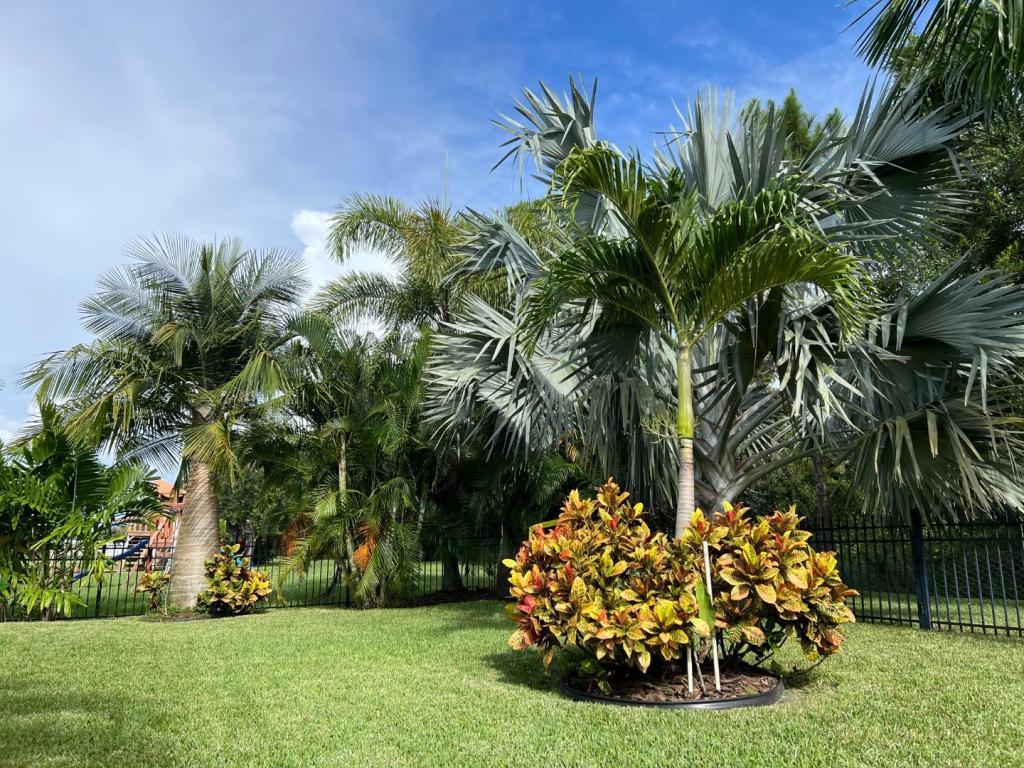


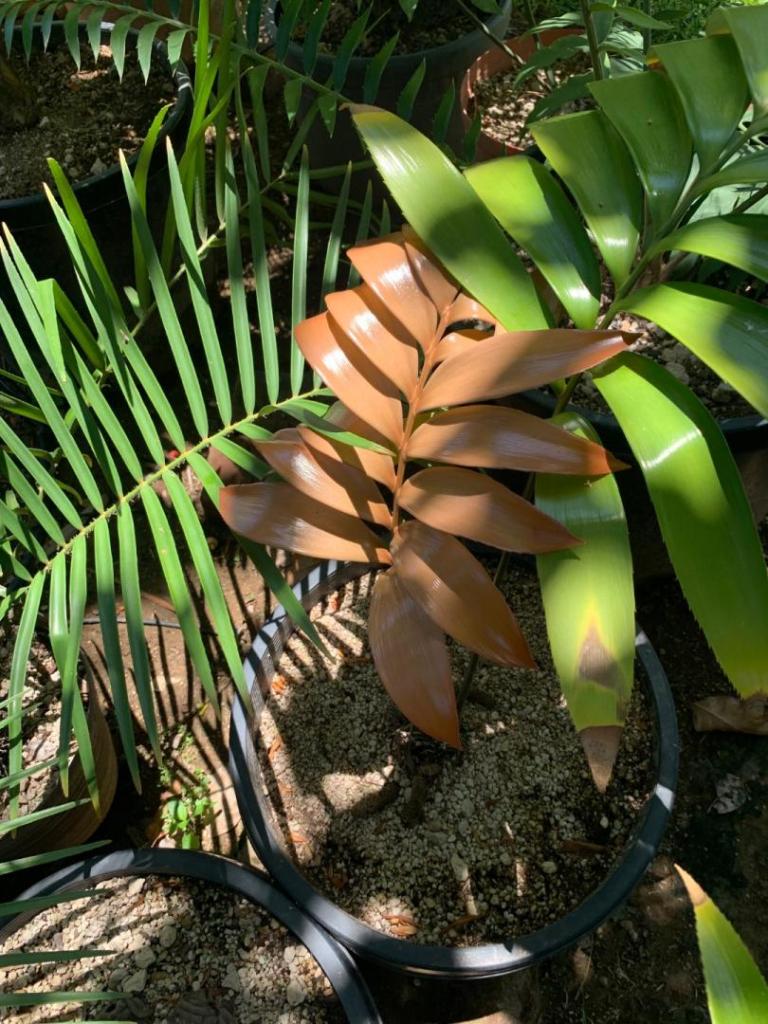








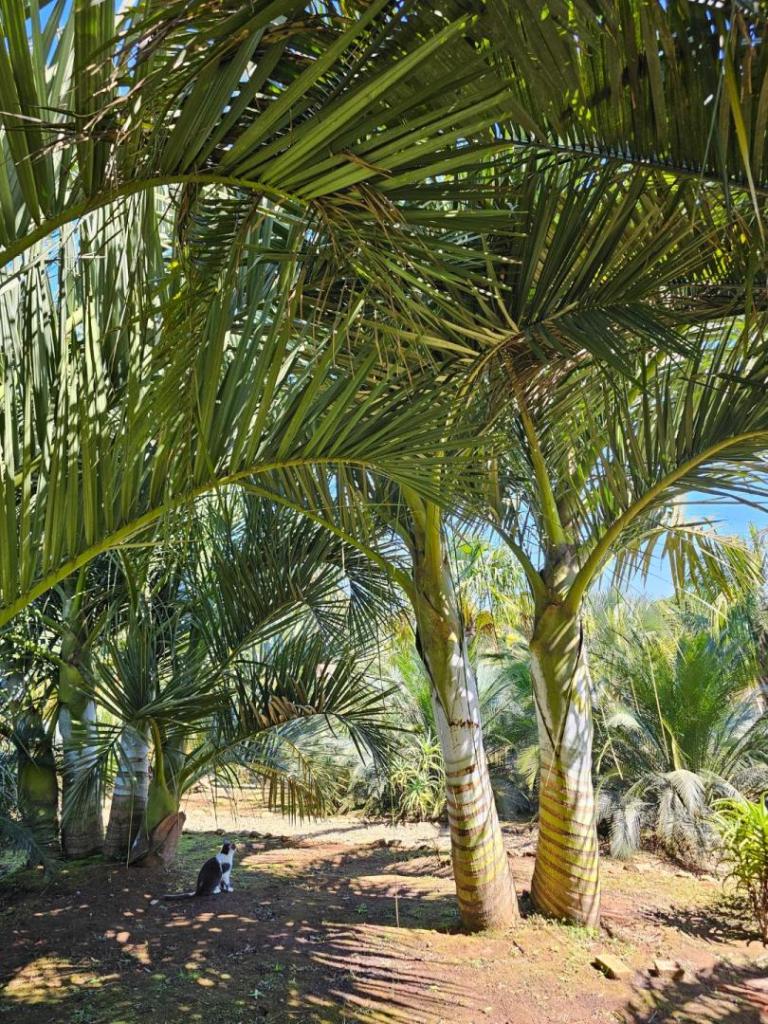




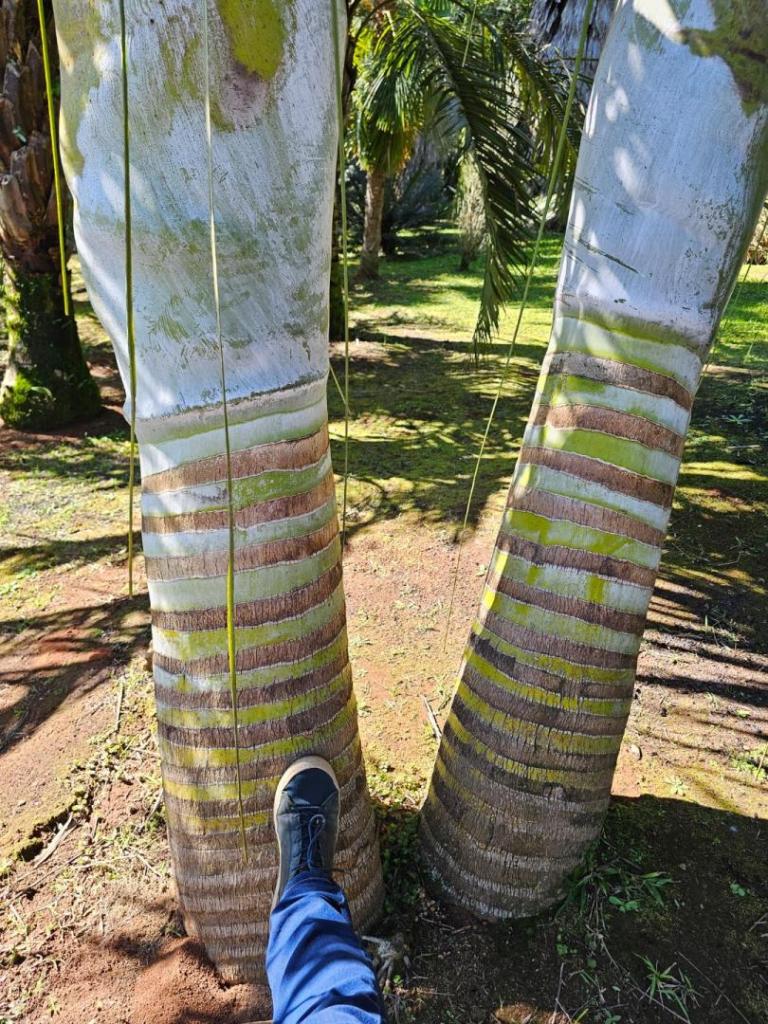


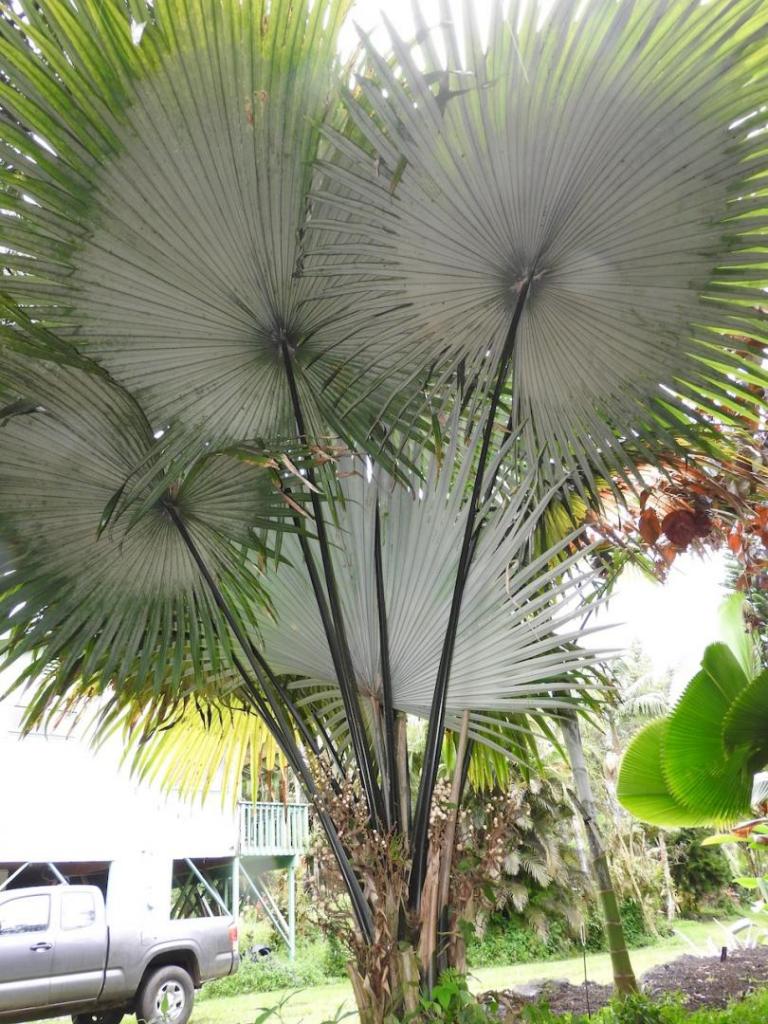

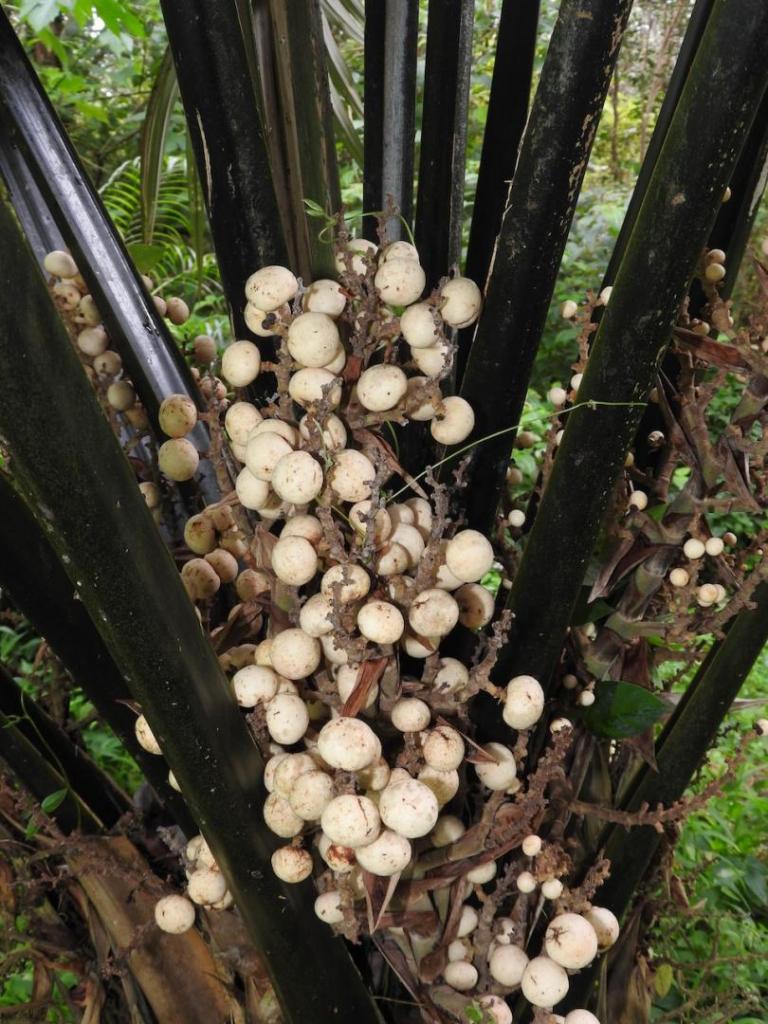


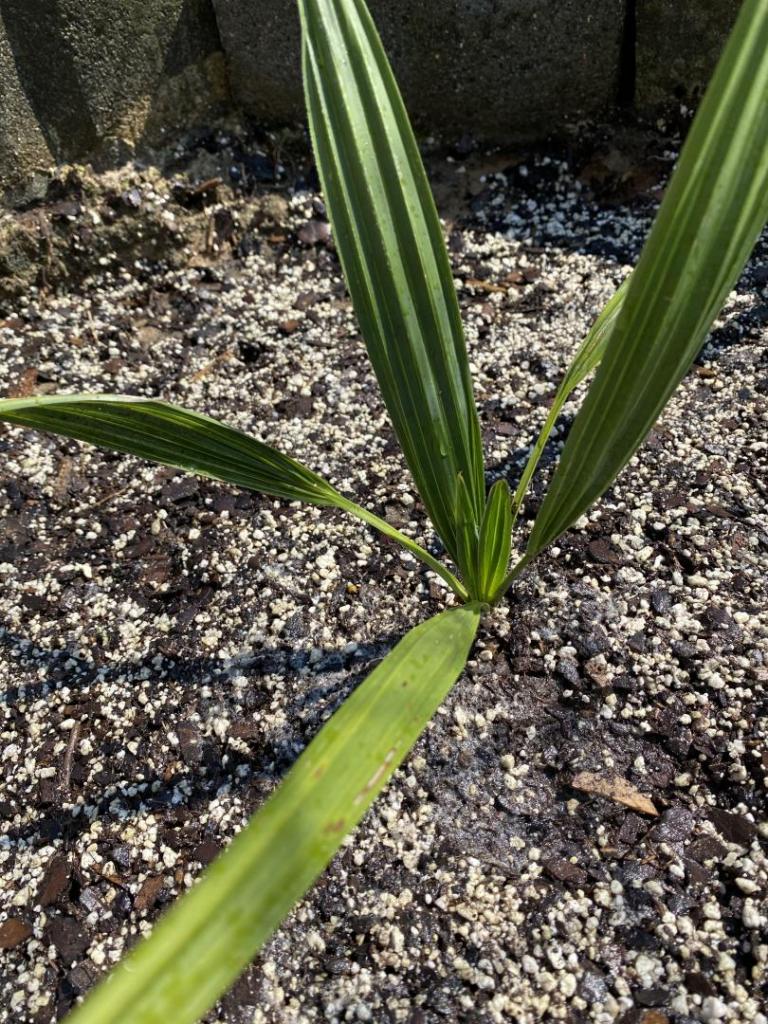




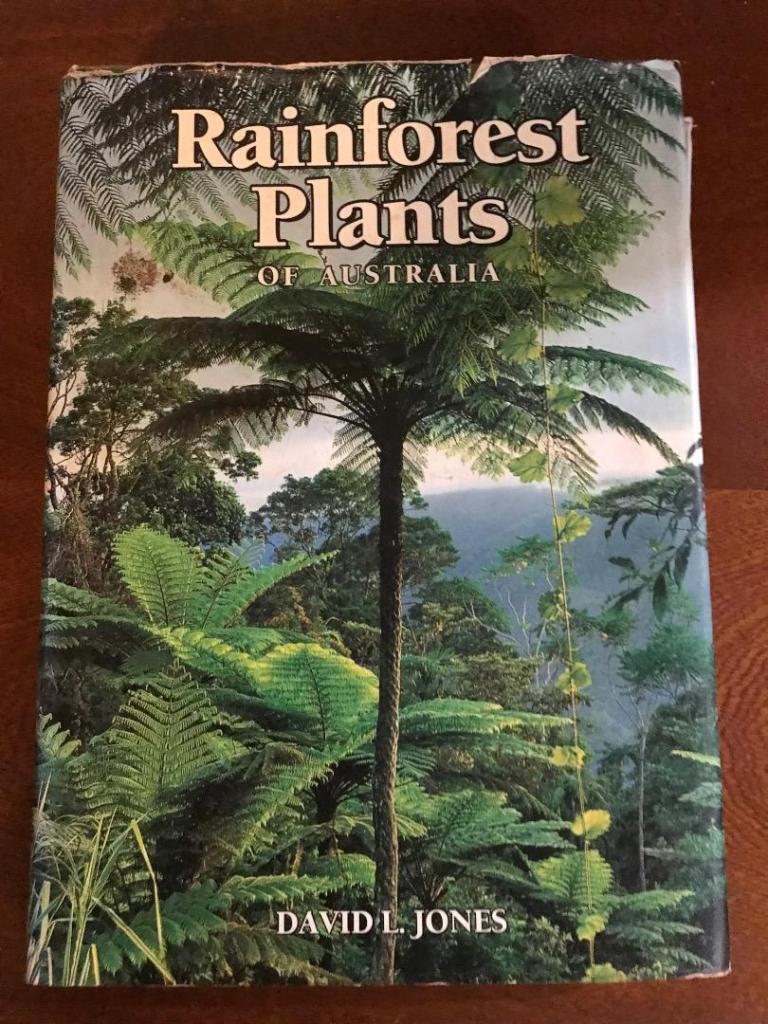

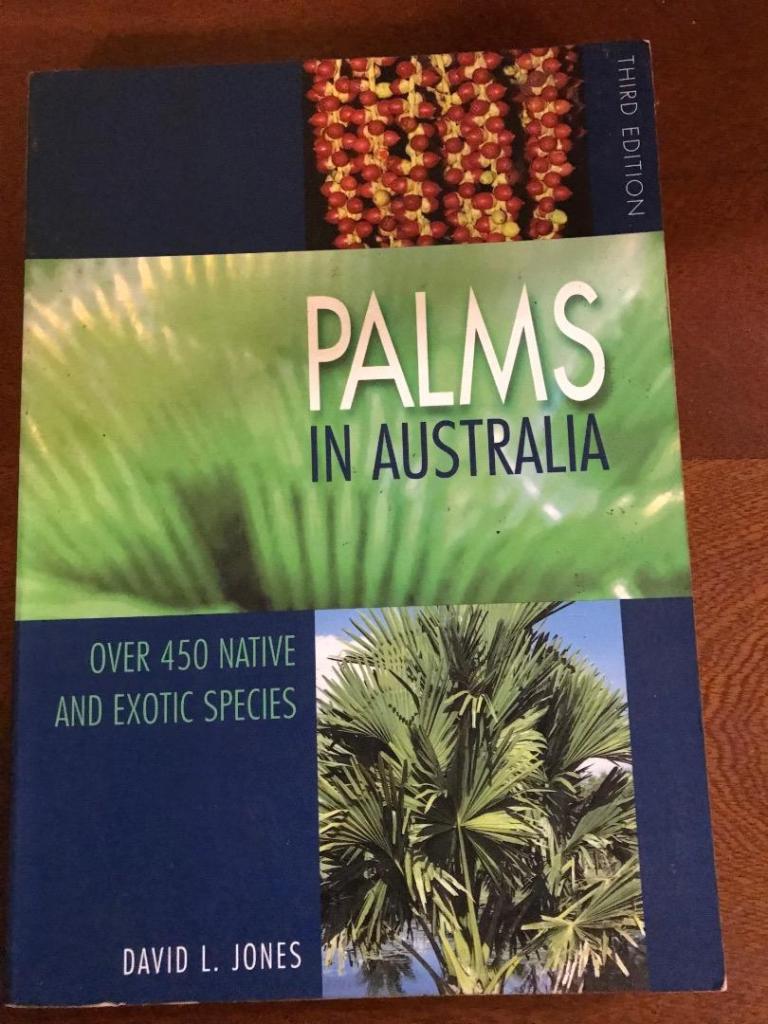
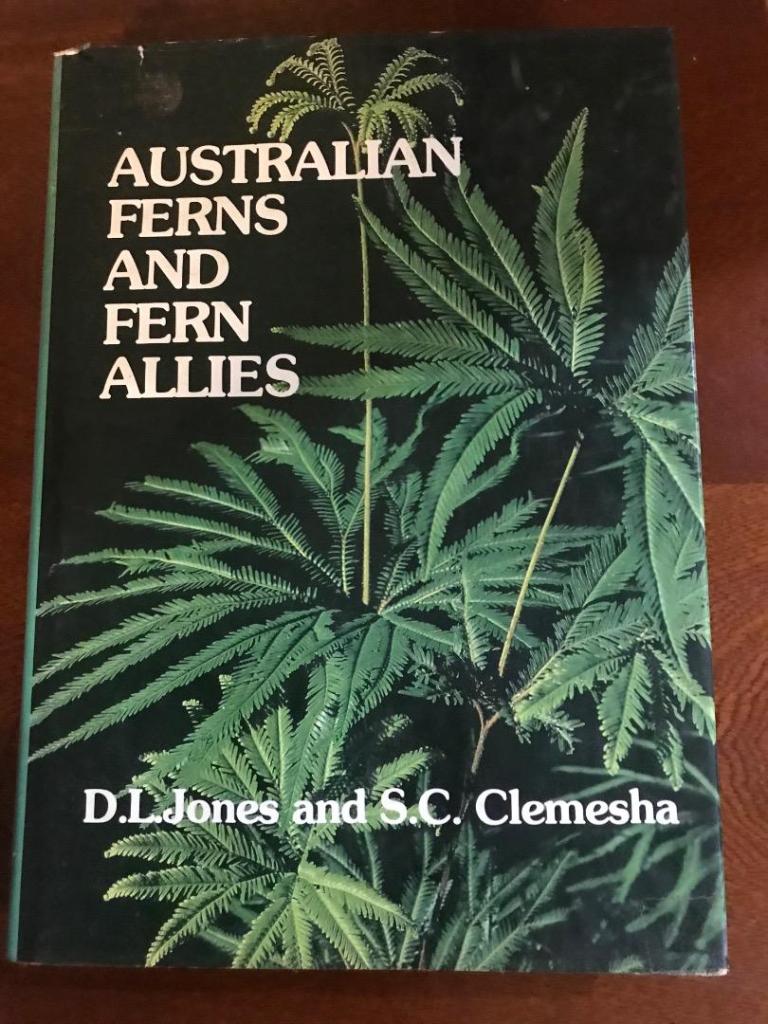
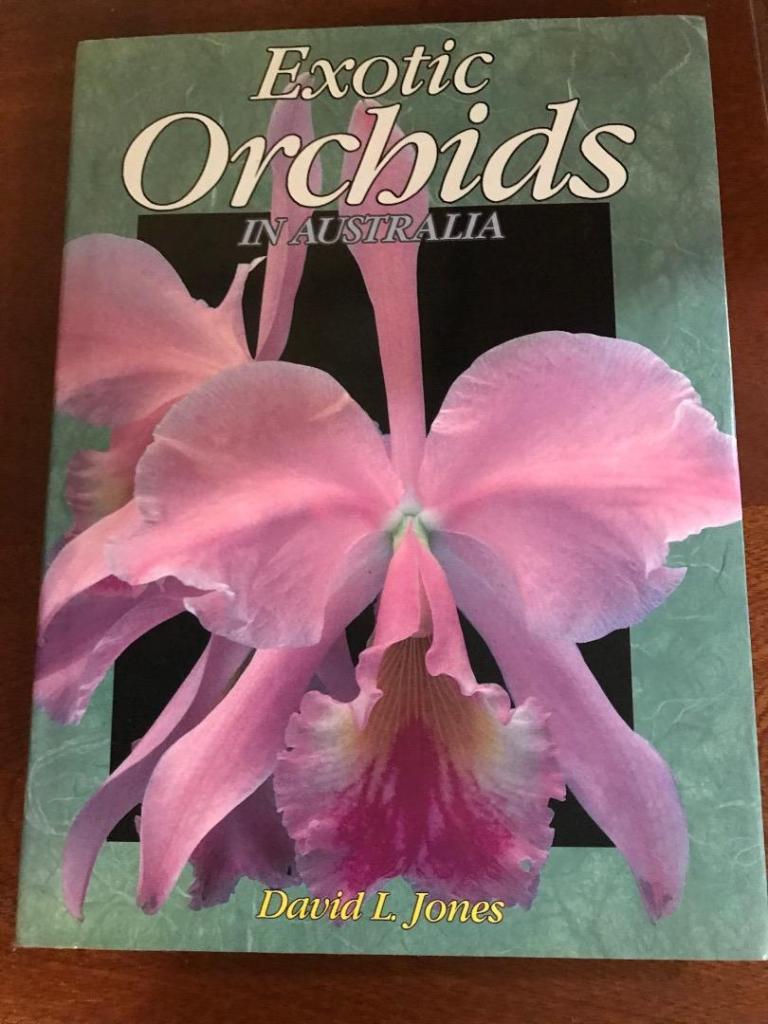



.thumb.jpg.f98e5066db1dec0358105c9c8eae8b39.jpg)
.thumb.jpg.3898e509d6759a3c880ee962cd46aabb.jpg)
-OrchidWeb.png.b32b31f70477bf538f9d9923d904c971.png)
